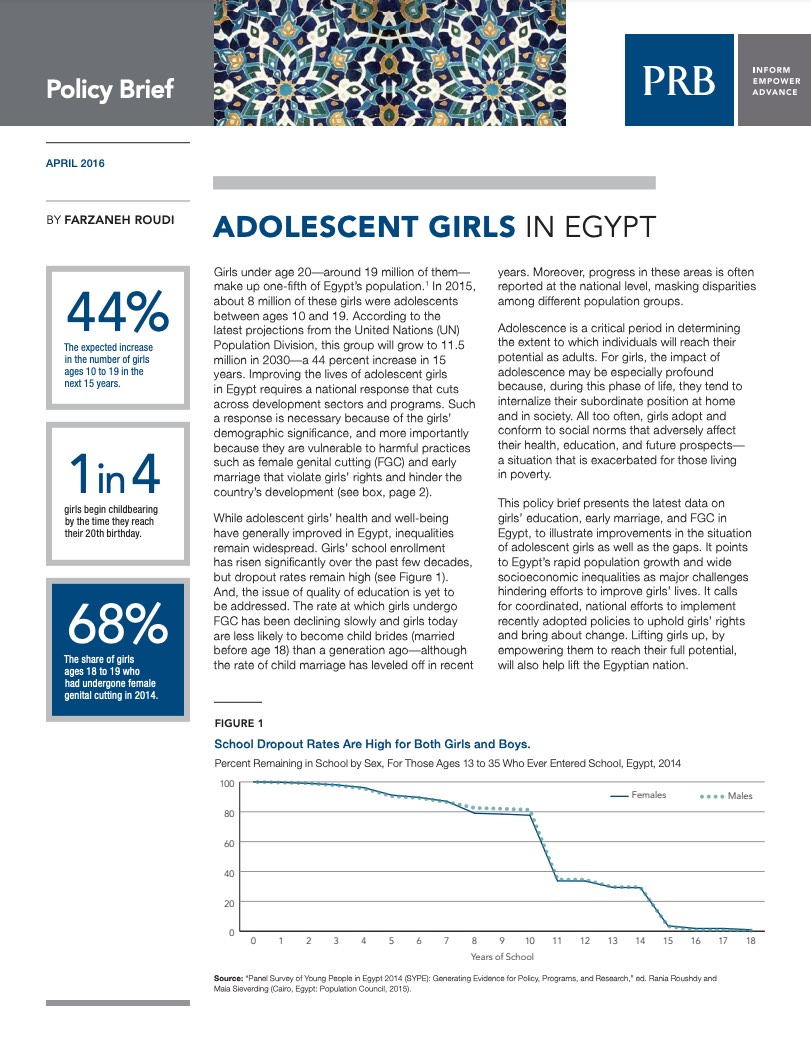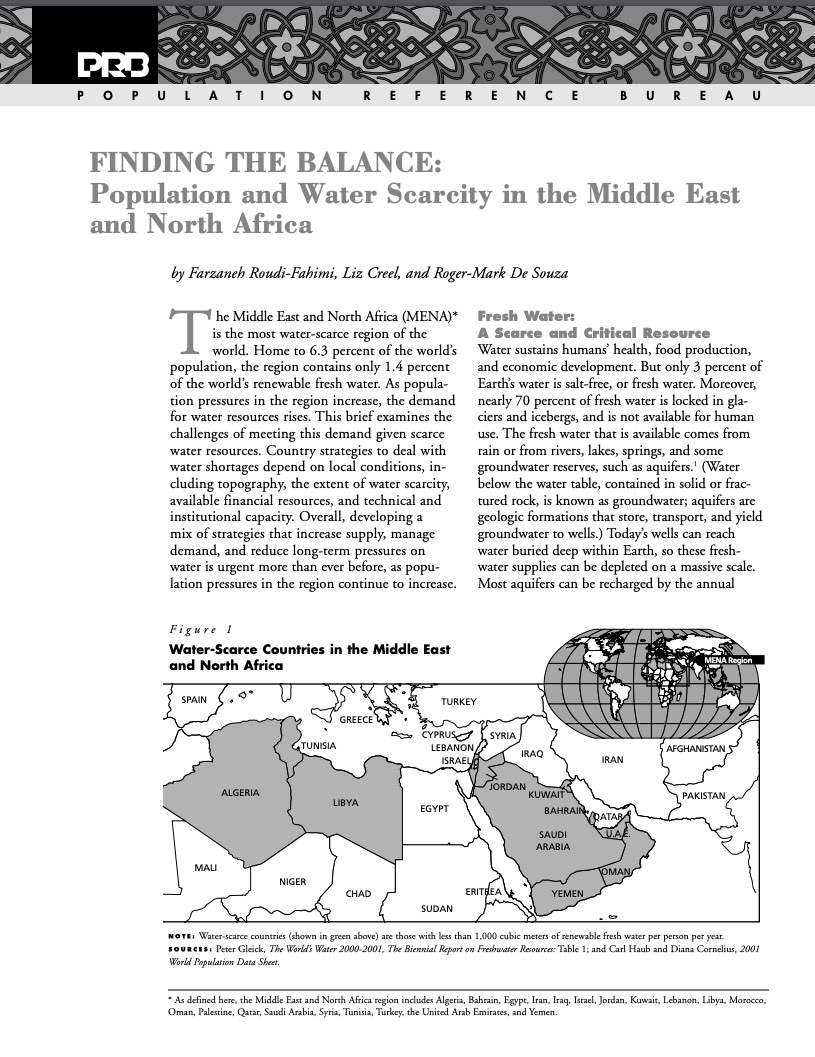Project: Center for Public Information on Population Research (CPIPR)
Family-Centered Care Matters for Kids With Special Needs, but Many Families Report Challenges With Providers
Families with limited resources or inconsistent insurance are more likely to face hurdles, new study finds.





